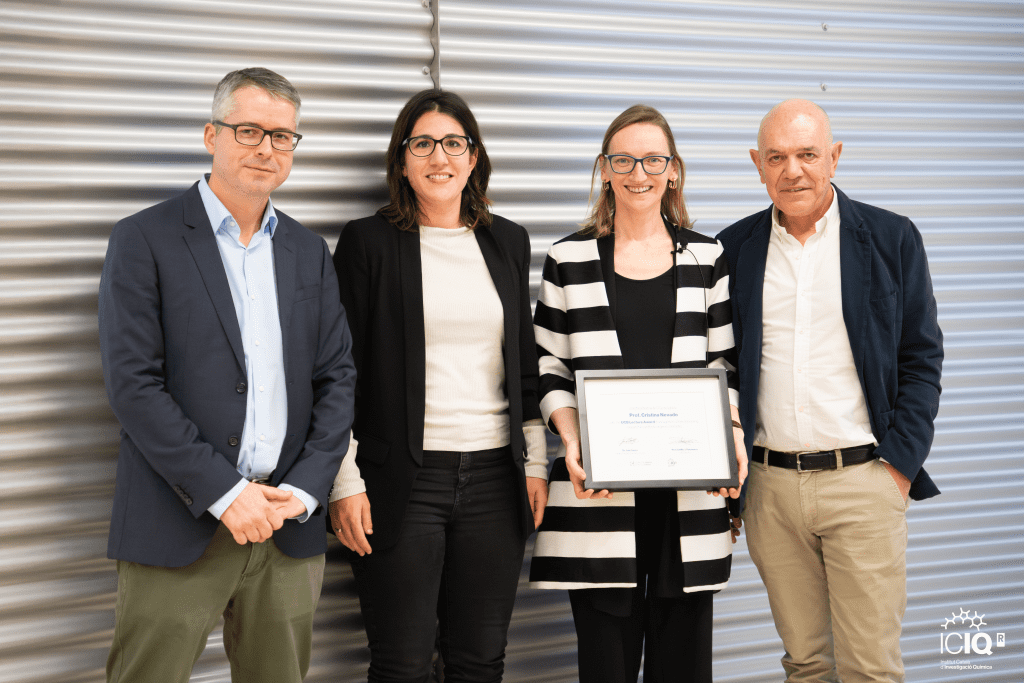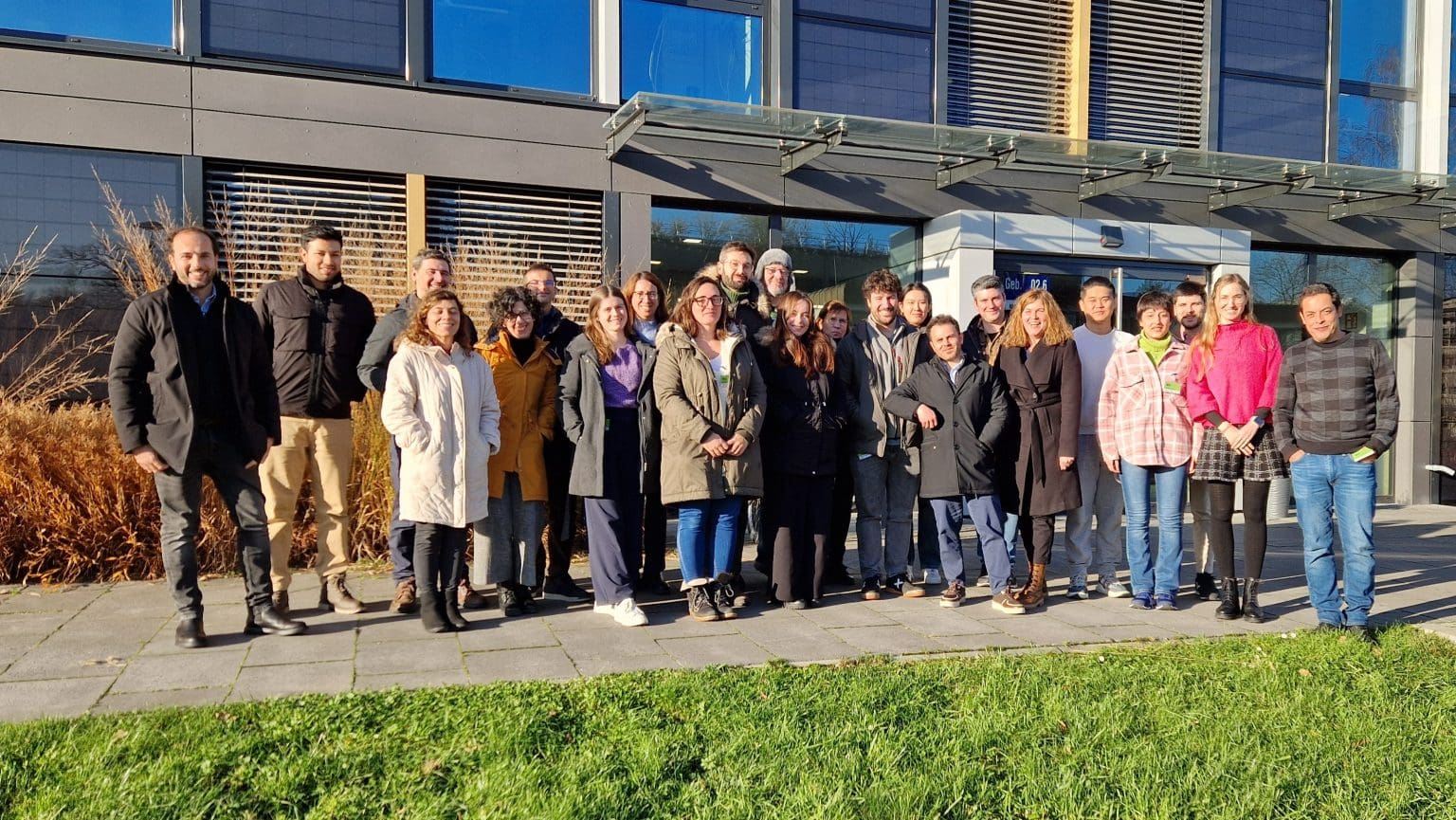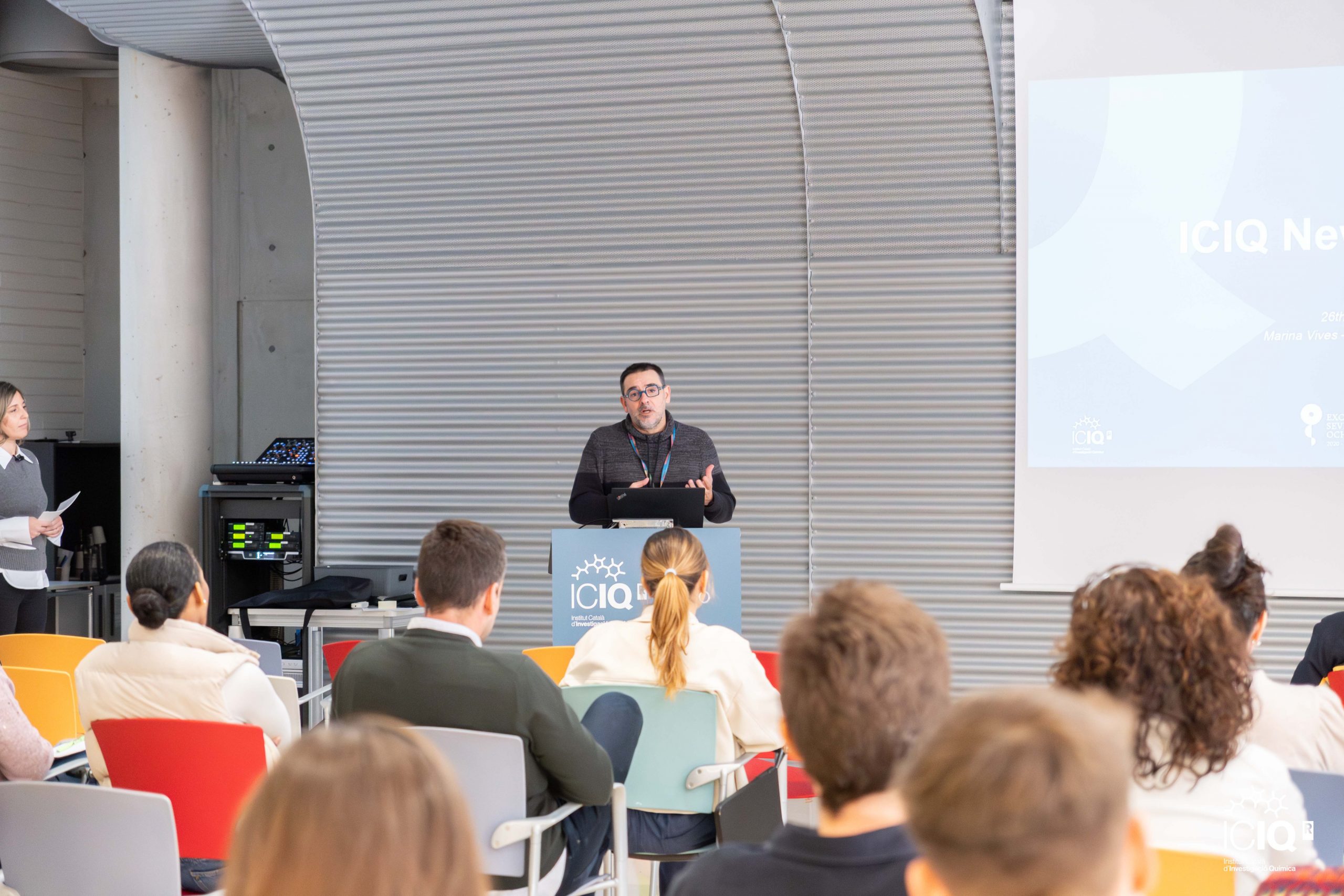ICIQ, IBEC and ICN2 study the enhanced activity of photocatalytic nanomotors in the presence of an external magnetic field
This study shines new light onto the role of magnetic fields on the photoactivation mechanisms of the light-driven nanomotors
Researchers from ICIQ, the Institute for Bioengineering of Catalonia (IBEC) and the Catalan Institute of Nanoscience and Nanotechnology (ICN2) collaborate to create nanomotors able to self-propel upon light irradiation; to align with the direction of an external magnetic field; and to exhibit enhanced photocatalytic performance. This work has recently been published in ACS Applied Materials & Interfaces, and it provides valuable insights into the role of magnetic fields in the mechanisms of light-driven photocatalytic nanomotors.
This study delves into the understanding of the influence of magnetic fields on the enhanced motion speeds of photocatalytic nanomotors. The complementary expertise of the three BIST centres (ICIQ, IBEC and ICN2), spanning nanotechnology, cutting-edge characterization techniques, and chemistry, was crucial for gaining a deep understanding of these photoactive nanomotors.
Dr. Katherine Villa, Group leader at ICIQ and the corresponding author of this work.
Self-propelled nanomotors to mimic natural systems
In the effort to create systems that mimic natural ones, great progress has been made in developing artificial self-propelled nanomotors. These nanomotors have shown promise in numerous applications ranging from targeted drug delivery, cargo manipulation, water purification to nanoscale assembly.
Among the different kinds of nanomotors, photoactive nanodevices have attracted special attention. A light-driven photocatalytic nanomotor works by converting light energy into mechanical energy through a series of photoinduced chemical reactions. However, the nanomotors self-propel by following random directions. In the case of the study presented here, researchers developed nanomotors with rod-like morphologies that have the advantage of high specific surface areas and improved charge transport along the axial direction.
Magnetic fields to guide the movement of the nanomotors
These rod-like nanomotors were decorated with magnetic materials, enabling their external actuation under combined light and magnetic stimuli. The work lead by Dr. Katherine Villa showed that when combined with a homogeneous magnetic field, the nanomotors aligned with the direction of the external field, leading to more directional trajectories and enhanced electron-hole pair separation.
Consequently, when combining light irradiation with a homogeneous magnetic field, these nanomotors exhibited increased velocities. The resulting enhanced motion speeds are attributed to an increased photoactivity, as validated through various spectroscopic techniques and photoelectrochemical measurements.
We found that such enhancement is due to a minimized electron-hole pair recombination, which leads to an increase in the photogenerated hydroxyl radicals and improved photocatalytic yields. In fact, as proof-of-concept, we showed that the generation of phenol from benzene by these nanomotors was increased more than double in the presence of the magnetic fields in comparison to only light.
Added Dr. Villa
This research has received funding from the European Research Council (ERC) under the European Union’s Horizon 2020 research and innovation programme (GA no. 101076680; PhotoSwim; and GA no. 866348, i-NanoSwarms). This publication is also part of the grant PID2022-136886OA-I00 financed by MCIN/AEI/10.13039/ 501100011033/ FEDER, UE. D. Katherine Villa acknowledges the support from the Spanish Ministry of Science (MCIN/AEI/10.13039/ 501100011033) and the European Union (Next generation EU/PRTR) through the Ramón y Cajal grant, RYC2021-031075-I. This study is part of the Advanced Materials programme and was supported by MCIN with funding from European Union NextGenerationEU (PRTR-C17.I1) and by Generalitat de Catalunya. ICIQ (CEX2019-000925-S), IBEC (CEX2018-000789-S), and ICN2 (Grant No.: CEX2021-001214-S) are supported by the Severo Ochoa program from Spanish MCIN/AEI and are funded by the CERCA Programme/Generalitat de Catalunya.
Reference publication
Boosting the Efficiency of Photoactive Rod-Shaped Nanomotors via Magnetic Field-Induced Charge Separation
Ferrer-Campos, R.; Bakenecker, A. C.; Chen, Y.; Spadaro, M. C.; Fraire, J.; Arbiol, J.; Sánchez, S.; Villa, K.
ACS Appl. Mater. Interfaces 2024, DOI: 10.1021/acsami.4c03905.
Related news

Let's create a brighter future
Join our team to work with renowned researchers, tackle groundbreaking
projects and contribute to meaningful scientific advancements
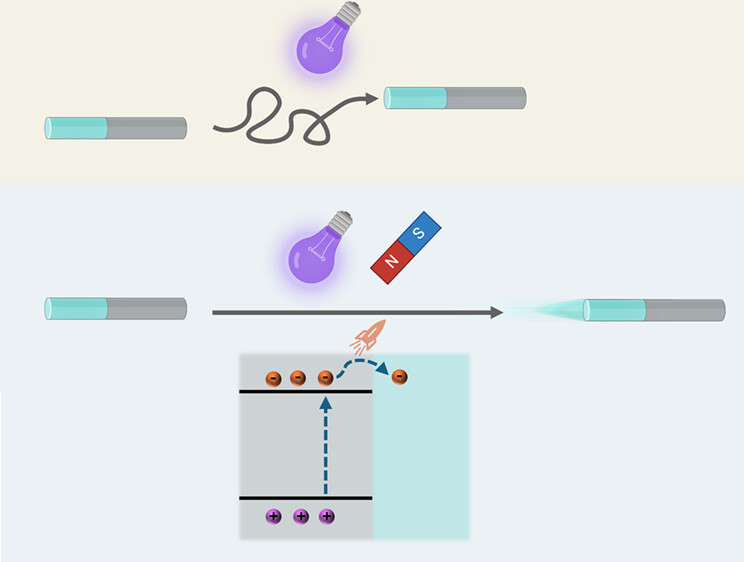





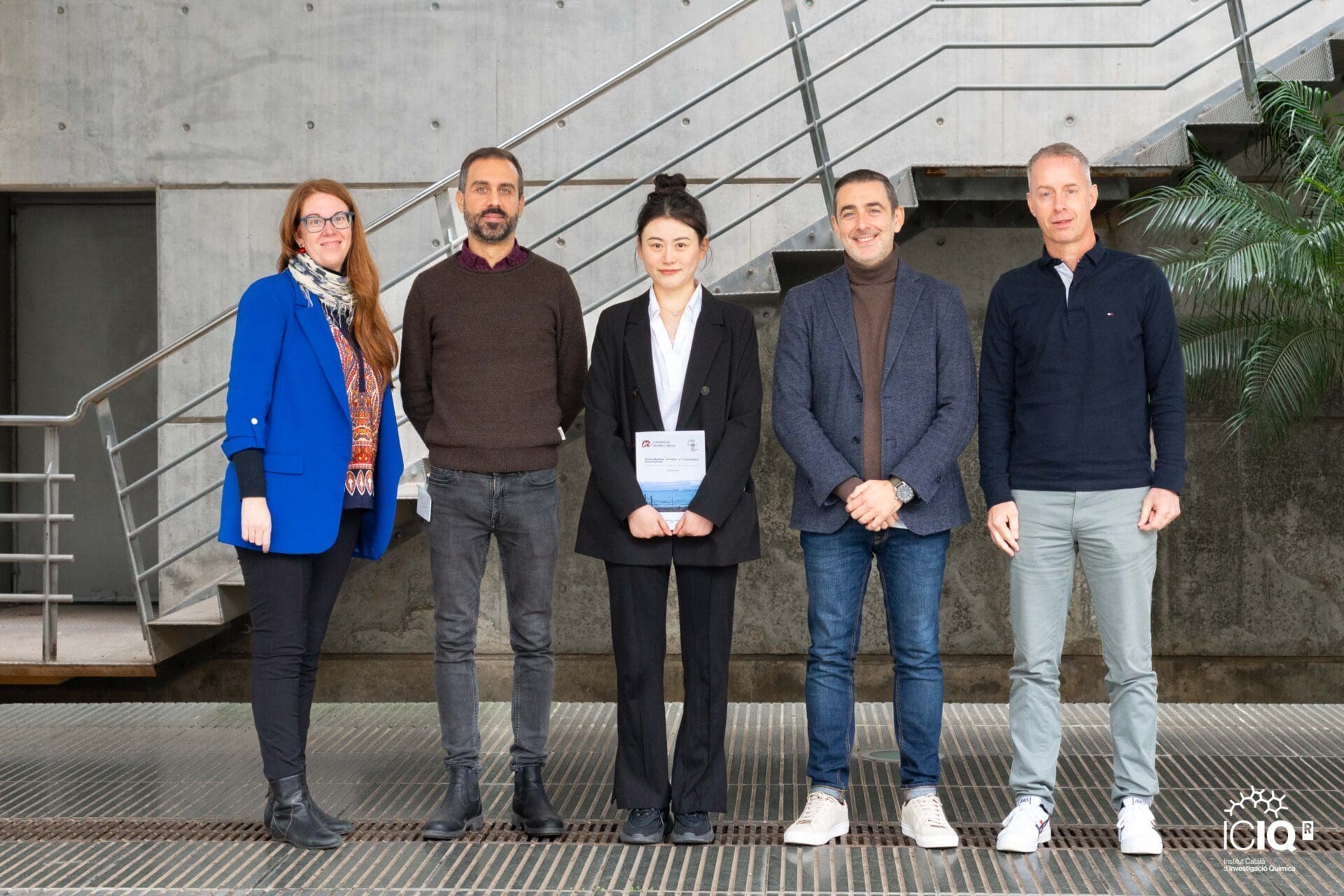
 11-12-2024
11-12-2024 
